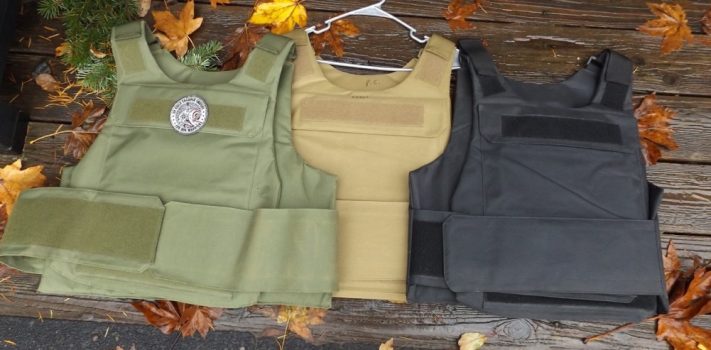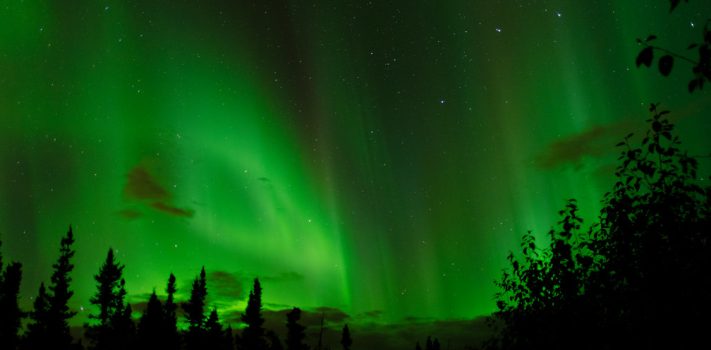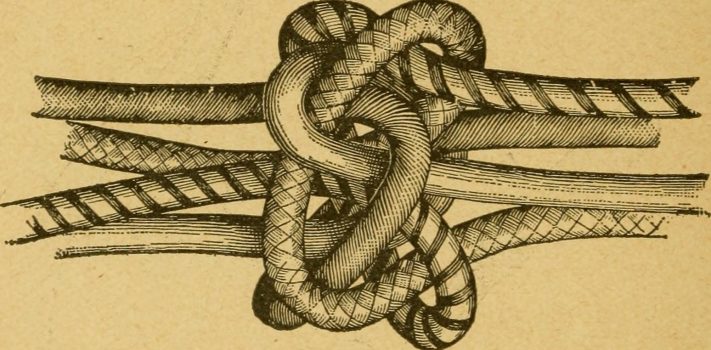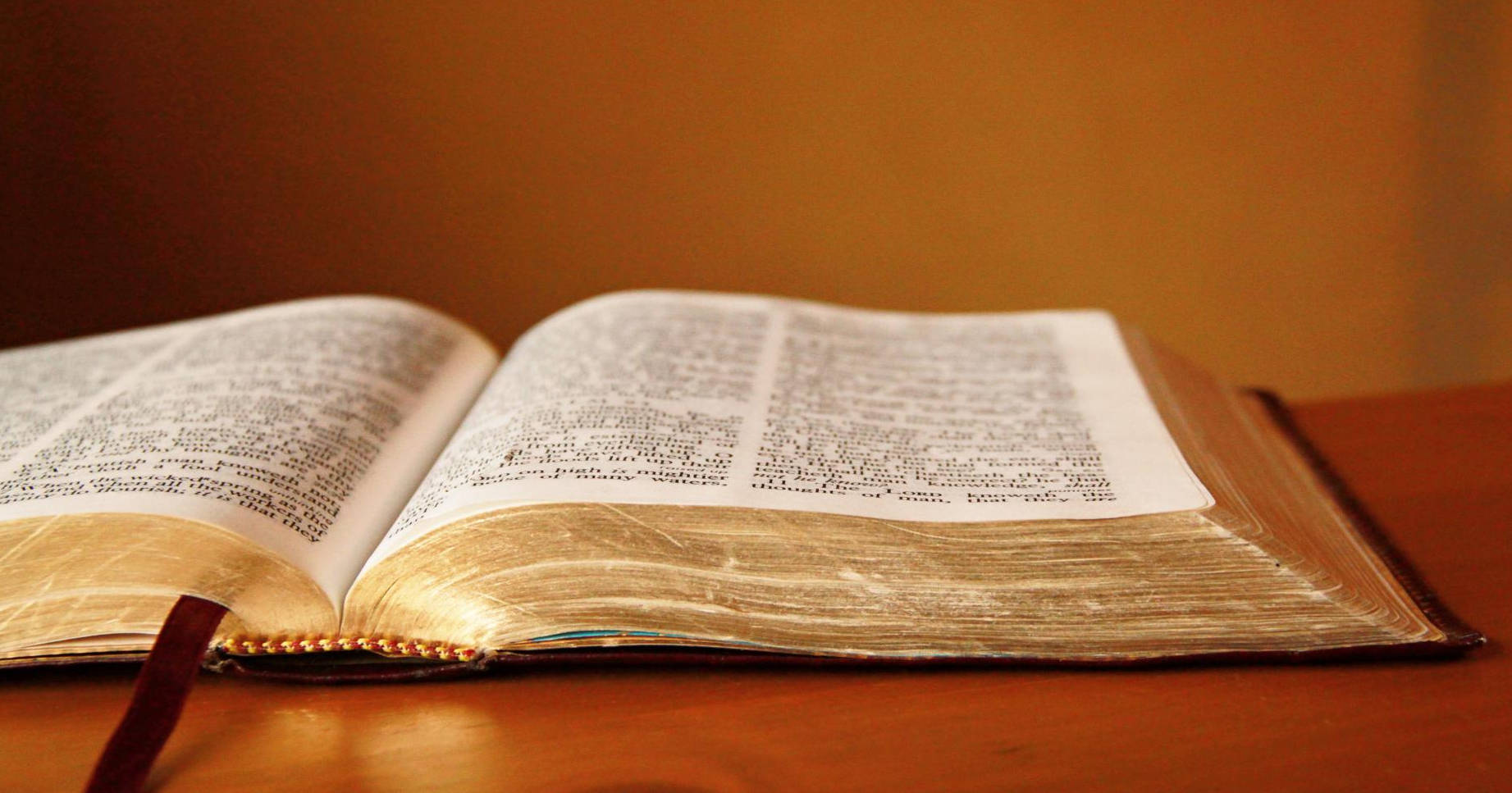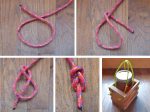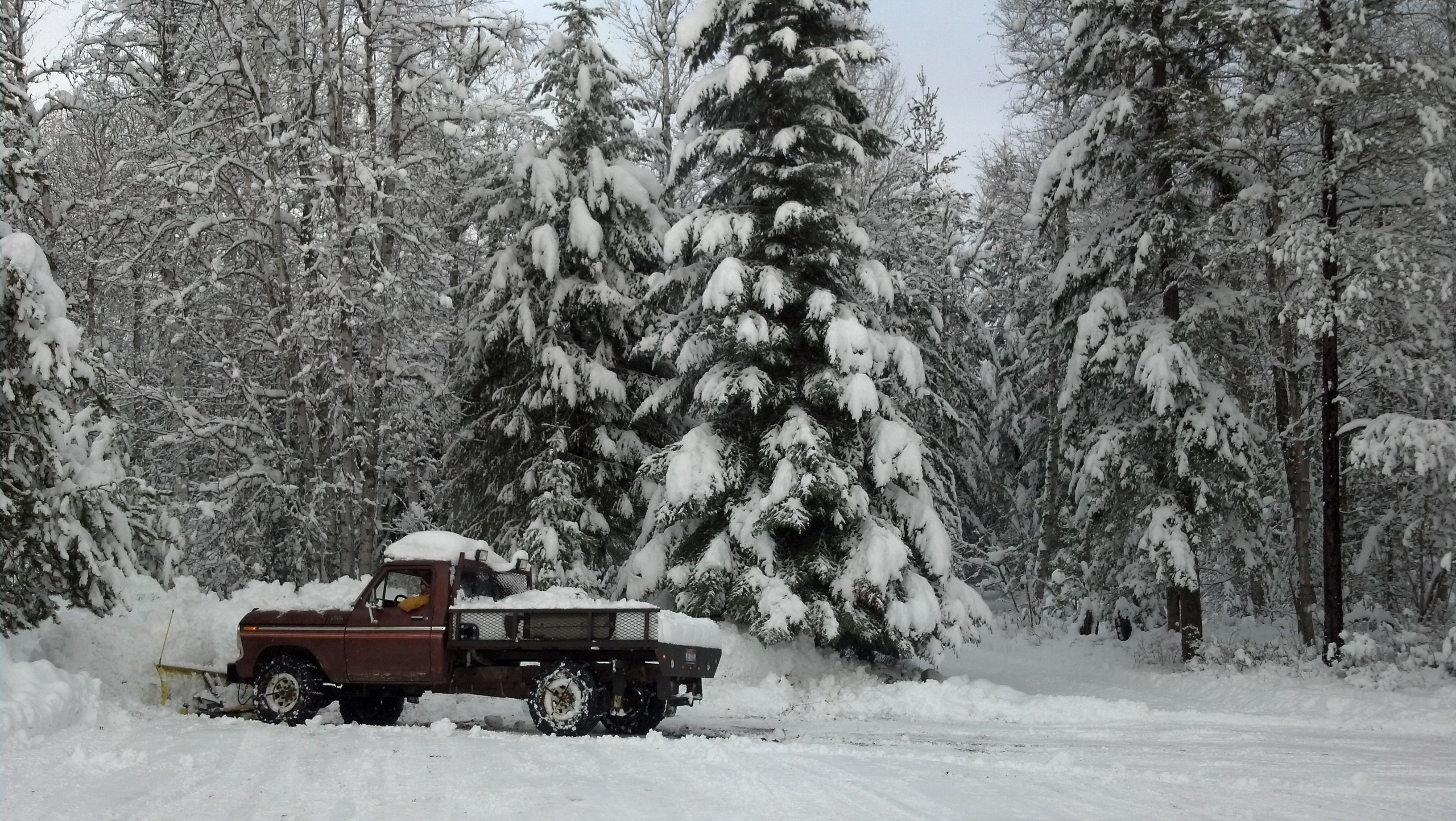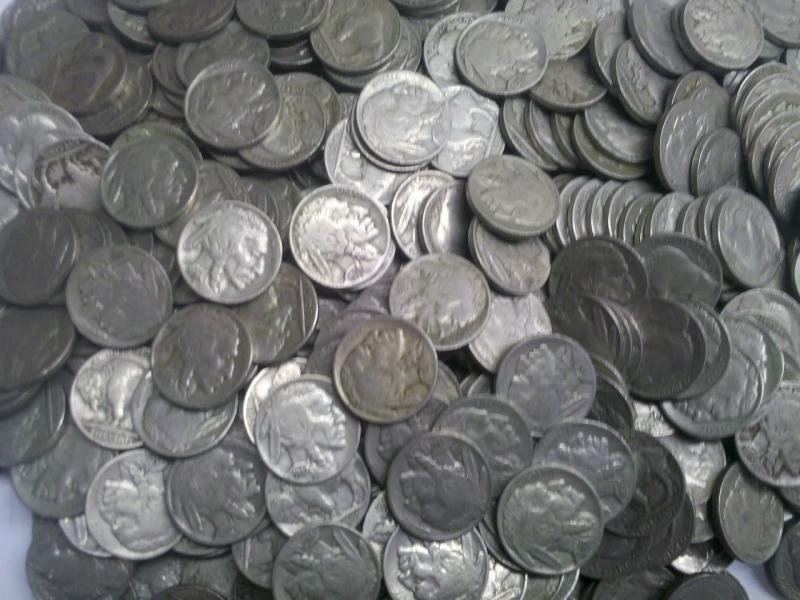Today, if you’re in law enforcement, military or even private security, body armor is an absolute must-have piece of kit, if you ask me. We are no longer in Kansas, Toto. It’s a dangerous world out there, and you don’t want to have a target on your chest, especially in law enforcement. Used to be, if you wore body armor under your uniform shirt, many other police officers made fun of you, and said you were paranoid. Gone are those days. Most major police departments now issue and mandate that their officers wear soft body armor. These days, many departments have their officers wear their body armor over their uniform shirt, instead of under it – much more comfortable.
Back in 1982, I was working for a big detective agency back in Chicago, Illinois – and to pick up some extra income, I also worked as a plainclothes store detective in a grocery store – it was a huge chain and it still exists today. I only worked Friday night, Saturday during the day, and Sunday. On average I made about 10 arrests in a weekend – so needless to say, it was a “fun” time – always busy. This store was in a changing neighborhood, and I elected to wear soft body armor under my shirt. Back then, many law enforcement supply houses wouldn’t sell body armor to civilians, so it took a flash of my badge, to prove I was in security work to purchase the armor. Back then, and this is a lot of years ago, this armor cost me $250 – in today’s world, that would probably be triple that cost, or more. And, even today, some locales and states restrict the purchase and use of body armor to law enforcement or security personnel.
I’ve tested several types of soft body armor over the past several years, for our readers, and all of them came through with flying colors – they did as advertised – they stopped bullets. However, today we’re looking at a fairly new soft body armor, and it is one of the thinnest out there, and that makes it highly concealable. Still, the world hasn’t gotten “that” bad, that I strap-on body armor when I am here at my homestead. But I think that time is coming – faster than many folks think it is.Continue reading“VISM Soft Body Armor, by Pat Cascio”

